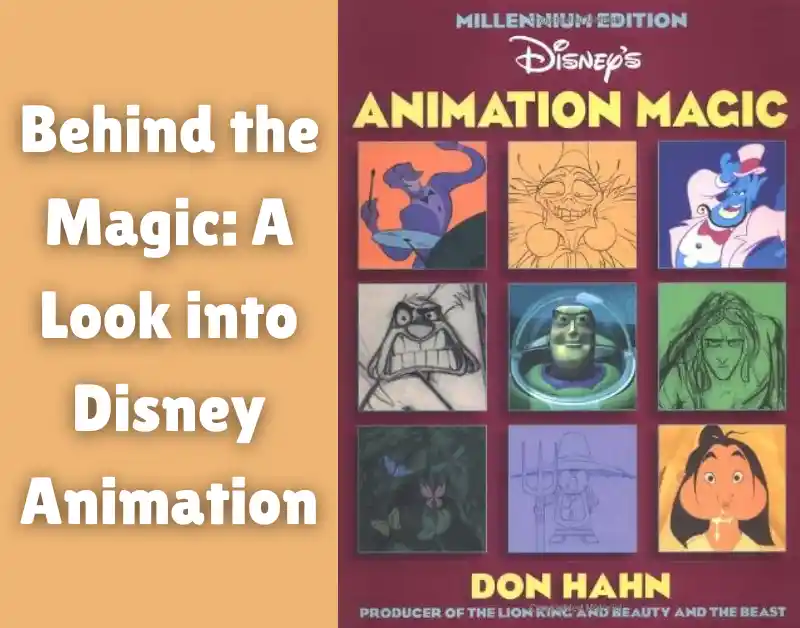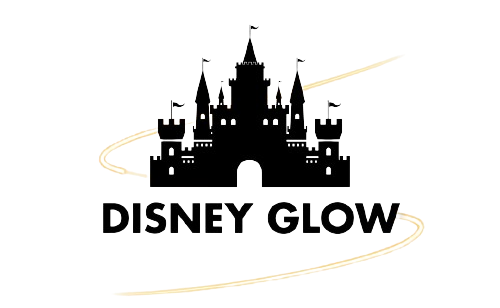Disney Animation has captivated audiences worldwide for nearly a century, crafting stories that meld creativity, technology, and narrative in a way few can replicate. The studio, founded by Walt Disney and his brother Roy, revolutionized the entertainment industry with the introduction of Mickey Mouse in “Steamboat Willie,” the first cartoon with synchronized sound. This innovation marked the beginning of Disney’s legacy, setting a precedent for storytelling excellence.
The development of the multiplane camera allowed for more dynamic and immersive stories, leading to the creation of the first full-length animated feature, “Snow White and the Seven Dwarfs.” This film not only showcased the technological prowess of Disney Animation but also cemented its place in the hearts of viewers, initiating a golden age of animation that would introduce the world to an array of timeless characters and tales.
As decades passed, Disney continued to innovate, embracing the transition from traditional hand-drawn animation to computer-generated imagery, a shift exemplified by the acquisition of Pixar. This collaboration pushed the boundaries of what was possible in animation, yielding a new era of storytelling magic with films like “Frozen” and “Zootopia.”
These stories, while visually stunning, stayed true to Disney’s core of exploring universal themes such as love, courage, and the quest for identity. The studio’s commitment to diversity and inclusivity in recent years has introduced a broader range of characters and stories, reflecting a global audience’s experiences and aspirations. Disney Animation’s enduring legacy is not just in its technological accomplishments or its box office successes but in its ability to weave narratives that resonate across generations, ensuring the magic of Disney continues to enchant and inspire.
The Origins of Disney Animation

In the 1920s, Walt Disney, alongside his brother Roy, founded the Disney Brothers Studio, setting the stage for an entertainment revolution. The creation of Mickey Mouse and the success of “Steamboat Willie” introduced synchronized sound to animation, propelling the company into the spotlight. Disney’s development of the multiplane camera further innovated animation, allowing for more dynamic and immersive storytelling, culminating in the groundbreaking release of “Snow White and the Seven Dwarfs,” the first full-length animated feature.
The Golden Age of Disney Animation
The era following “Snow White” saw Disney release a series of classics that remain foundational to animated storytelling. Films like “Pinocchio,” “Fantasia,” and “Bambi” showcased advancements in animation technology and narrative depth. However, the impact of World War II marked a challenging period for Disney, with the studio contributing to the war effort and facing financial difficulties.
The Dark Era and the Disney Renaissance
The 1970s and 80s were challenging times for Disney Animation, marked by commercial failures and a perceived decline in creative quality. However, the late 1980s and 90s heralded a revival known as the Disney Renaissance, beginning with “The Little Mermaid.” This era was characterized by a series of blockbuster hits, including “Beauty and the Beast,” “Aladdin,” and “The Lion King,” each blending traditional storytelling with captivating animation.
Transition to 3D Animation and Pixar’s Influence
The acquisition of Pixar by Disney in 2006 was a pivotal moment, heralding a shift towards computer-generated animation. This collaboration yielded critically acclaimed films like “Frozen” and “Zootopia,” showcasing advanced animation techniques and storytelling depth. Pixar’s influence on Disney Animation has been profound, embracing technology to tell timeless stories.
Related Post: 25 Romantic Disney Quotes to Include on Your Wedding Day
Behind the Scenes: The Making of Disney Magic
The animation process is a complex dance of creativity and technology, involving artists, voice actors, and directors. From the initial concept to the final screen product, every stage is meticulously crafted. Innovations in technology have continually enhanced this process, allowing for more detailed and expressive animations.
The Significance of Music in Disney Animations

Music has always been integral to Disney’s storytelling magic. Iconic scores and songs from Disney films have become cultural touchstones, thanks to collaborations with renowned composers. The music in Disney animations amplifies emotions and enriches narratives, leaving a lasting impact on audiences worldwide.
Diversity and Evolution in Modern Disney Animation
In recent years, Disney has been embracing diversity and inclusivity, introducing a wider range of characters and stories. Films like “Moana” and “Coco” reflect a commitment to cultural accuracy and representation, resonating with a global audience. This evolution speaks to Disney’s ongoing efforts to adapt and remain relevant in a rapidly changing world.
Impact and Legacy
Disney Animation has fundamentally shaped popular culture and the entertainment landscape. Its films have defined generations, imparting lessons of courage, love, and resilience. As Disney continues to explore new stories and technologies, its legacy of innovation and storytelling excellence endures.
Conclusion:
In conclusion, Disney Animation stands as a towering figure in the tapestry of global pop culture, an entity that has, for nearly a century, masterfully blended artistry, technology, and storytelling. The journey from the humble beginnings of the Disney Brothers Studio to the digital wonders of today illustrates a relentless pursuit of innovation, creativity, and a deep understanding of the human spirit. Disney’s animations have transcended mere entertainment, embedding themselves into the very fabric of cultural identity and heritage around the world. Through characters that feel like old friends and stories that resonate with timeless themes, Disney has created a universal language of dreams, hope, and imagination.
The evolution of Disney Animation speaks volumes about the studio’s adaptability and foresight. Transitioning from hand-drawn cel animation to pioneering digital techniques, Disney has not only kept pace with technological advancements but often led the way, pushing the boundaries of what is possible in storytelling. The acquisition of Pixar marked a pivotal moment in this journey, marrying Disney’s narrative strength with cutting-edge animation technology and leading to a new era of blockbuster hits that have charmed and challenged audiences in equal measure.
People Also Ask:
1. What sets Disney animation apart from other studios?
Disney animation is distinguished by its rich storytelling, iconic characters, and groundbreaking animation techniques. The studio has a long history of creating timeless classics that resonate with audiences of all ages, setting a high standard for quality and innovation in the industry.
2. How does Disney incorporate technology into its animation process?
Disney continuously embraces technological advancements to enhance its animation. From the pioneering use of hand-drawn animation in classics like “Snow White and the Seven Dwarfs” to the cutting-edge CGI techniques seen in recent hits like “Frozen” and “Moana,” technology plays a crucial role in bringing Disney’s magical worlds to life.
3. What goes into the creation of a Disney animated feature film?
The creation of a Disney animated feature film involves a collaborative effort among talented artists, writers, animators, and directors. It typically begins with a compelling story concept, followed by extensive development, character design, storyboarding, voice acting, animation, and post-production. Each stage requires meticulous attention to detail to ensure the film’s success.
4. How does Disney preserve its legacy while staying relevant in today’s entertainment landscape?
Disney maintains its legacy by staying true to its core values of storytelling, creativity, and imagination while also embracing new trends and technologies. By reinventing classic tales, introducing diverse characters, and exploring contemporary themes, Disney remains relevant and continues to captivate audiences around the world.
5. What role does Disney Animation play in shaping popular culture?
Disney Animation has had a profound impact on popular culture, influencing everything from fashion and music to theme park attractions and merchandise. Its beloved characters and memorable songs have become ingrained in the fabric of society, transcending generations and inspiring countless artists and storytellers worldwide.
